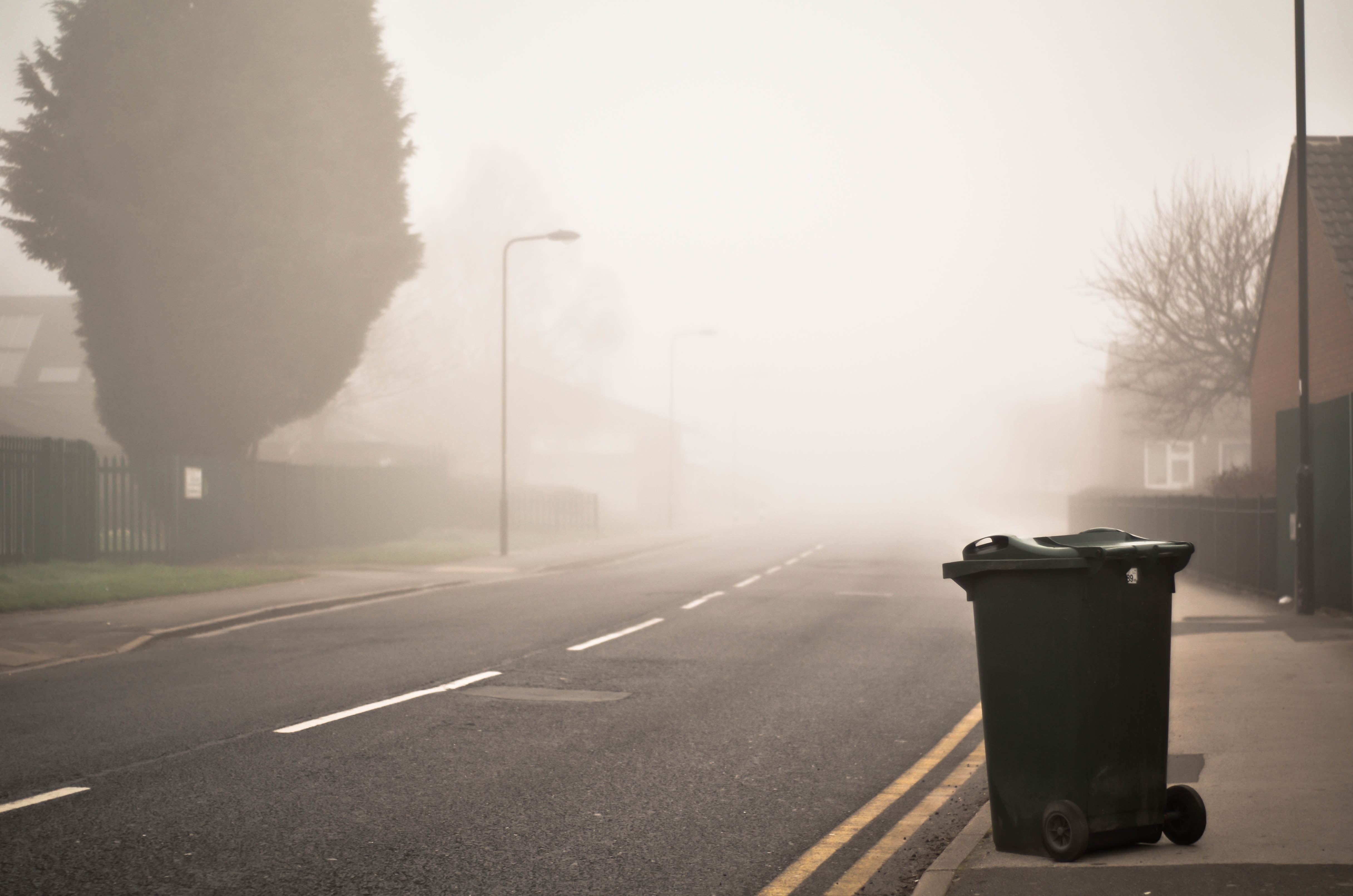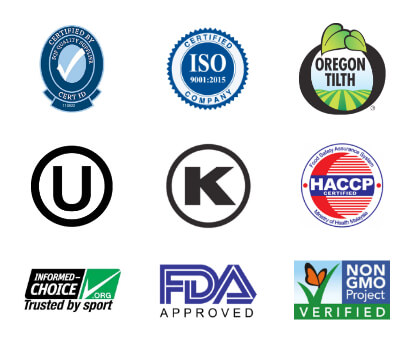
How do plastic bags and flexible packaging affect the environment? Most products can’t avoid using flexible packaging during shipment and storage, so environmental awareness groups pay keen attention to how we address packaging solutions and efforts to create sustainable packaging solutions.
We at Maco Pkg recognize the environmental impact of plastic waste and are actively fighting to improve and increase the use of sustainable packaging. It doesn’t necessarily matter how you use plastic bags and film – many end-users are simply interested to know more about how plastics affect the waste stream. To answer their concerns, we look in the local landfill.
Environmental Use of Landfills
Since landfills affect human health, the environment, and the economy, their management must be taken seriously. Local, state, and federal governments make sure landfills are located, designed, operated, and monitored according to regulations. Occasionally, landfills will be closed for maintenance and cleaning.
American households contribute over 200 million tons of trash (aka municipal solid waste, or MSW) each year to landfills. To protect the surrounding area, the landfill is contained using gravel, clay, and plastic. The waste is packed down and buried with dirt to help prevent odors, the spread of bacteria, and scavengers. Despite these efforts, rainwater still becomes contaminated as it contacts pesticides, inks, and hazardous waste. Contaminated water, called leachate, is piped into treatment facilities.
How Do Components Biodegrade in a Landfill?
Theoretically, most of the garbage entering a landfill is biodegradable, but decomposition is actually such an impractically slow process that hardly anything decomposes. For example, take paper, the number one constituent of landfills – a newspaper from 1950 might smell funny but is completely readable.
Organic materials biodegrade when they’re exposed to the proper amounts of microorganisms, moisture, oxygen, and heat for a long period of time. Biodegradation requires 65% moisture, but because landfill waste is condensed and entombed, landfills typically contain only about 25-30%. So organic material actually resists deterioration once compacted in a landfill.
How Can Plastics Biodegrade?
Traditionally, flexible packaging must contain components that contribute to strength and durability, yet these components render the package non-biodegradable. Recently, packaging companies have begun researching and implementing new sustainable packaging technologies to create flexible packaging that contains all the advantages of traditional packaging but with the additional benefit of biodegradability. The result is biodegradable plastic that combines the physical properties of plastic polymers with naturally occurring polymers, such as starch, which microorganisms can readily eat away.
1.) How thoroughly can this plastic biodegrade?
The plastic must maintain the integrity of the product, so only about 5% concentrations of biodegradable additives are included. As a result, the plastic biodegrades into smaller pieces of plastic, but it never fully goes away. You won’t be able to distinguish a plastic bag or bottle, but the plastic is still there. The same limitations that apply to paper biodegrading in a landfill apply to plastic biodegradation.
2.) How much will it cost?
The consumer’s buying habits and environmental sensitivities must be considered. Although some consumers won’t purchase products with recyclable plastic if the overall cost of the product is higher, many are willing to pay extra for recyclable packaging if the increase in price is reasonable. More end users are becoming aware of the environmental impact of plastics and flexible packaging and are willing to do their part in supporting sustainable packaging solutions and the overall the green initiative.
The Future of Flexible Packaging
So what can we do to protect the environment when it comes to using flexible packaging? With respect to the future of our planet, the United States Environmental Protection Agency (EPA) introduced three integrated solutions: 1) reduce, 2) reuse, and 3) recycle.
Reduce the quantity and density of plastic (aka source reduction) and you’ll dispose of less waste and use less energy during manufacturing. You’ll also decrease greenhouse gases and pollution.
Reuse plastic by re-melting and reforming as much as possible before the plastic becomes brittle. Reclaimed plastic has virtually limitless uses – it can even be sterilized for the medical industry. Quality recycled resins enable greater efficiency and economy for eco-friendly plastic bags and flexible films.
Recyclable plastic is rising in popularity as consumers become more aware of the effects of landfills on the environment. Packaging companies can continue to educate end-users how to properly recycle and why it’s critically important.
Sustainable Packaging with Maco Pkg
Maco Pkg is committed to researching and implementing eco-friendly packaging technologies that protect our ecosystem. If you’re interested in learning more about sustainable packaging and what you can do to participate, please contact us!


